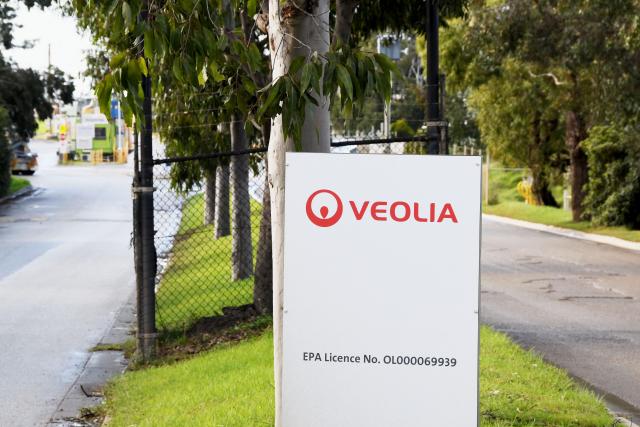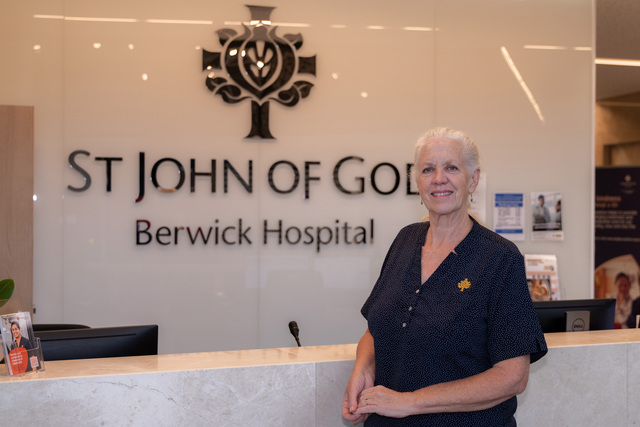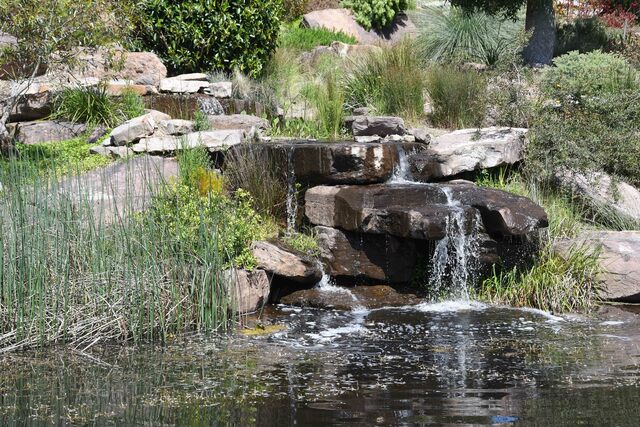Residents are alarmed the controversial Hampton Park Waste Transfer Station is in the hands of the state’s planning tribunal.
They cite VCAT’s notorious past decision to approve housing near a former landfill site.
After homes were built, residents of Brookland Greens Estate in Cranbourne were forced to evacuate due to a gas leak from the former landfill.
Environmental Protection Authority (EPA) Victoria rejected the proposed Hampton Park site’s development licence on 9 April; however, it is revealed that the decision was not made within the prescribed four-month timeframe.
The project’s proponent Veolia has the legal right to lodge an appeal within four weeks after the prescribed deadline with VCAT to seek a decision if no timely decision is made within the statutory timeframe.
The statutory deadline expired on 23 January this year. The following day, the EPA requested additional information from Veolia, asking the company to review submissions by the community and provide a response.
Veolia lodged the appeal in mid-February, and VCAT’s role, from that point, is to act as an independent point of review and will consider submissions made and evidence presented by the parties before making a decision that is legally binding.
As part of the proceedings, VCAT ordered the EPA to make a decision on the development licence application by April 10.
Despite the EPA’s decision against the application, it does not alter the VCAT process. VCAT will make the final determination later this year with hearing dates set for August 11, 12, 14 and 15.
An EPA spokesperson said they would not make any comment as the case is now in front of the state tribunal.
Back in February, after Veolia appealed, an EPA spokesperson told Star News that they required time for both the procurement of information, consultation with the community and the opportunity to properly consider all the factors that could impact on the local community and the environment, given the nature of the Veolia application.
A Veolia spokesperson said the company had always worked closely and transparently with the Casey community, and this would not change.
“We will continue to keep residents informed of the application process as it unfolds,” they said.
“The proposed Hampton Park Transfer Station is central to South East Melbourne’s future waste infrastructure strategy and Victoria’s transition away from landfill towards resource recovery.
“It represents a vital piece of infrastructure for Victoria to achieve the diversion from landfill targets set by successive governments.”
A spokesperson of Lynbrook Residents Association (LRA), which represents the residents of five suburbs surrounding the proposed waste transfer station, acknowledged the EPA’s request for further information was made one day beyond the statutory deadline, but they said this minor procedural delay should not overshadow the seriousness of the EPA’s final findings that led to the development licence rejection.
“The EPA’s expert assessment concluded that the proposed waste transfer station presents an unacceptable risk to human health and the environment,” they said.
“It is the content and consequence of that decision—not the technicality of timing—that must take precedence.”
However, the spokesperson said the community did have deep concerns about the decision-making power now resting with VCAT.
“This shift risks undermining the EPA’s expert-led refusal and places an undue burden on the community to contest a proposal already deemed unsafe,” they said.
The spokesperson spoke of the 2008 gas leak incident at Brookland Greens Estate in Cranbourne, where VCAT overturned the City of Casey’s decision and approved housing developments within 200 metres of the landfill, despite warnings from the EPA about the risks of building homes near the landfill.
In September 2008, dangerous levels of methane gas were detected in the Estate, prompting the Country Fire Authority (CFA) to advise residents to evacuate due to the risk of explosion. Approximately 200 residents left their homes.
“VCAT must apply the precautionary principle in its deliberations. The EPA’s own guidelines recommend a 500-metre buffer between waste facilities and sensitive land uses such as homes and schools,” the LRA spokesperson said.
“The proposed site sits well within this distance, heightening community concern and reinforcing the need for the Tribunal to prioritise public safety.”
LRA is also urging the Casey Council to adopt “precautionary and strategic leadership” through engaging directly with Veolia and the State Government to identify a more suitable location for the waste transfer station.
In a letter to all councillors, the community organisation requested that the Council write to the EPA and Minister for Environment to urge that, should VCAT overturn the EPA’s rejection, both agencies make every endeavour to overturn VCAT’s ruling and take a strong public stance in the interest of protecting community health and safety.
It also requested that the Council explore options to revoke or cancel the planning permit, given that the EPA had formally determined that the proposal posed an unacceptable risk to human health and the environment.
Casey Council approved a planning permit for the proposed waste transfer station before last year’s council elections. But this year, the newly elected councillor group have moved against the proposed facility. Mayor Cr Stefan Koomen has written letters to Ministers and the EPA, expressing community concerns.
Casey Mayor Cr Stefan Koomen acknowledged the concerns from the community and LRA around Veolia’s appeal to VCAT.
“Council has sought legal advice to provide clear direction on the options available, including pursuing a Section 87 application under the Planning and Environment Act 1987. Councillors’ consideration of that advice will inform our next steps,” he said.
“We respect the decision made by the EPA to refuse a development licence, recognising the significant and thorough work that goes into their assessments. The health and safety of our residents are paramount, and we appreciate the EPA’s commitment to these principles.
“The legacy of the Brookland Greens Estate remains a sobering reminder of the critical role that effective buffer zones play in protecting people and place. I am committed to updating the community on our position as soon as I can.”
Narre Warren South MP Gary Maas said he would encourage Veolia to continue to engage with the EPA to identify another location for its proposed waste transfer station.
“As I’ve previously said, the EPA makes its decisions based on the requirements of our environmental protection laws and using the best available science. In this instance, the decision was also made following consideration of more than 700 community submissions on the proposal,” he said.
“It is my understanding that the EPA will represent its decision to refuse the application at VCAT.”
Opposition MP for South-Eastern Metropolitan Region Ann-Marie Hermans Ann-Marie Hermans said local residents were rightly concerned rightly concerned that VCAT would overturn the EPA’s decision.
“The health risks posed by the proposed waste transfer facility, given its extremely close proximity to homes and underground waterways, are serious and cannot be ignored,” she said.
Ms Hermans tabled two petitions in parliament in March this year with nearly 4,500 signatures to relocate the Waste Transfer Station away from Hampton Park.
The petitions are expected to be debated later this month in parliament.







